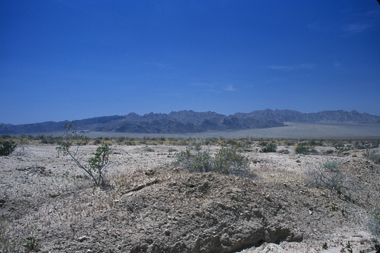Mojave Desert (U.S.)
Click on image for full size
NBII Digital Image Library - John J. Mosesso, Photographer
The Desert Biome
Deserts are full of interesting questions. How can anything survive in a place with hardly any water? Why is it so dry to begin with?
You can find at least one desert on every continent except Europe. Each desert is different in some way, but they all have one thing in common. In order for an area of land to be considered a desert, it must receive less than 10 inches of water a year.
Clouds are scarce in deserts. Without clouds, there can't be rain, snow, or any other precipitation. Clouds also shade the land, so without them, the desert gets mighty hot as the Sun beats down during the day. At night, the desert can become very cold, because there isn't moisture in the air to hold onto the heat.
The geology in deserts differs depending on the location. Some deserts have sand dunes - great waves of sand weathered from rock, that move over time as wind blows the sediment. Other deserts have no dunes but instead have unique rock formations carved by wind and streams that only flow when there is moisture.
Many plants and animals survive in these vast, dry lands. Learn more about life in the desert by exploring the links below.
You might also be interested in:
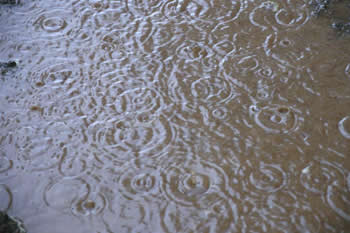
Rain is precipitation that falls to the Earth in drops of 5mm or greater in diameter according to the US National Weather Service. Virga is rain that evaporates before reaching the ground. Raindrops form
...more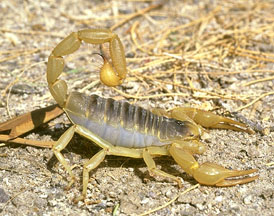
You can find insects almost anywhere in the world. So it should be of no surprise that there are plenty of insects in the desert. One of the most common and destructive pests is the locust. A locust is
...more
Like the other inhabitants of the desert, birds come up with interesting ways to survive in the harsh climate. The sandgrouse has special feathers that soak up water. It can then carry the water to its
...more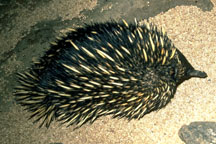
There are several species of mammals in the desert. They range in size from a few inches to several feet in length. Like other desert wildlife, mammals have to find ways to stay cool and drink plenty
...more
Biomes are large regions of the world with similar plants, animals, and other living things that are adapted to the climate and other conditions. Explore the links below to learn more about some of the
...more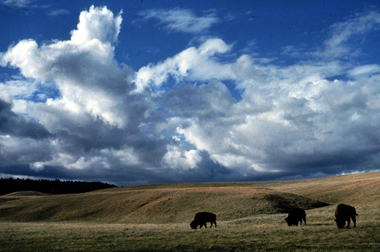
Over one quarter of the Earth's surface is covered by grasslands. Grasslands are found on every continent except Antarctica, and they make up most of Africa and Asia. There are several types of grassland.They
...more
Latitude determines the amount of sunlight received. The amount of sunlight and the amount of moisture received determines the ecosystem or biome. Listed below are the types of ecosystems that exist in
...more


